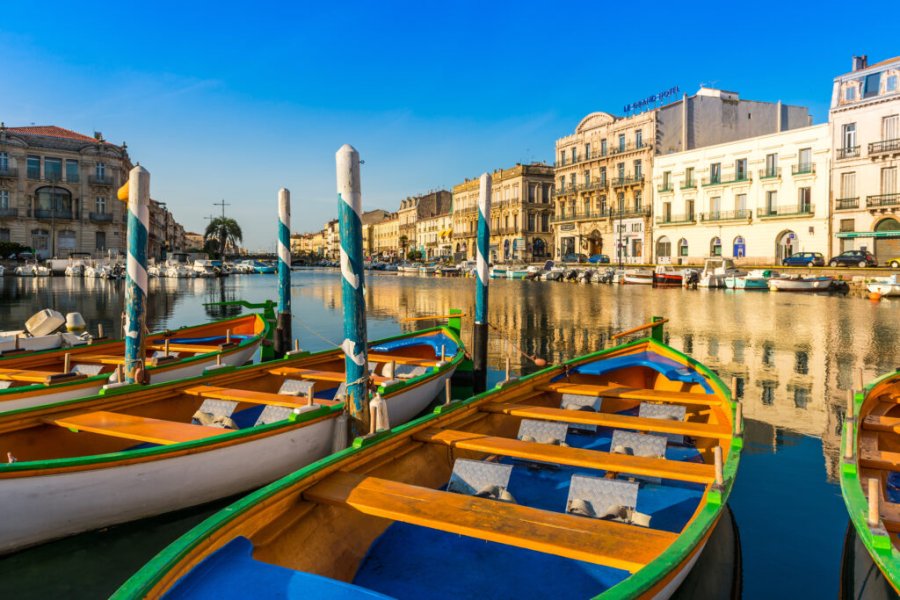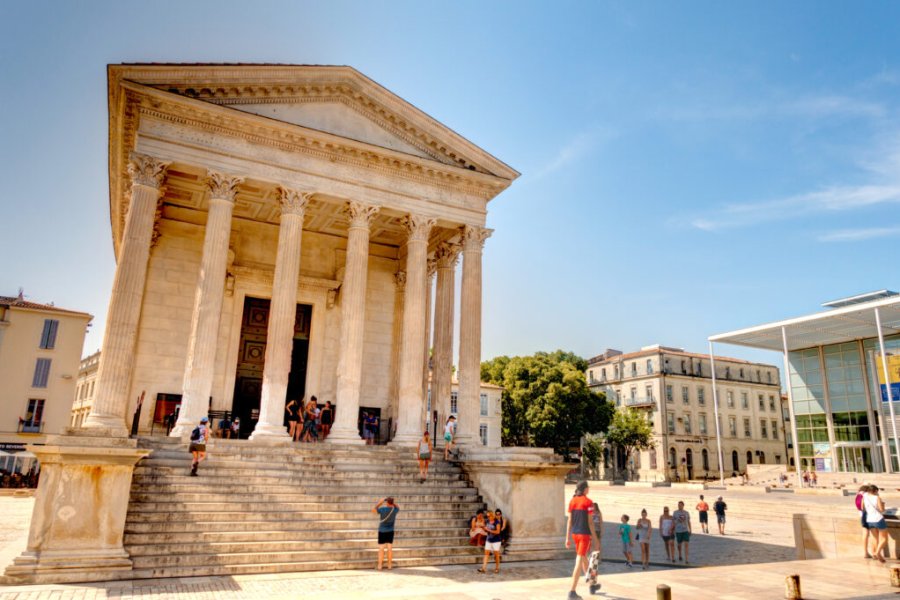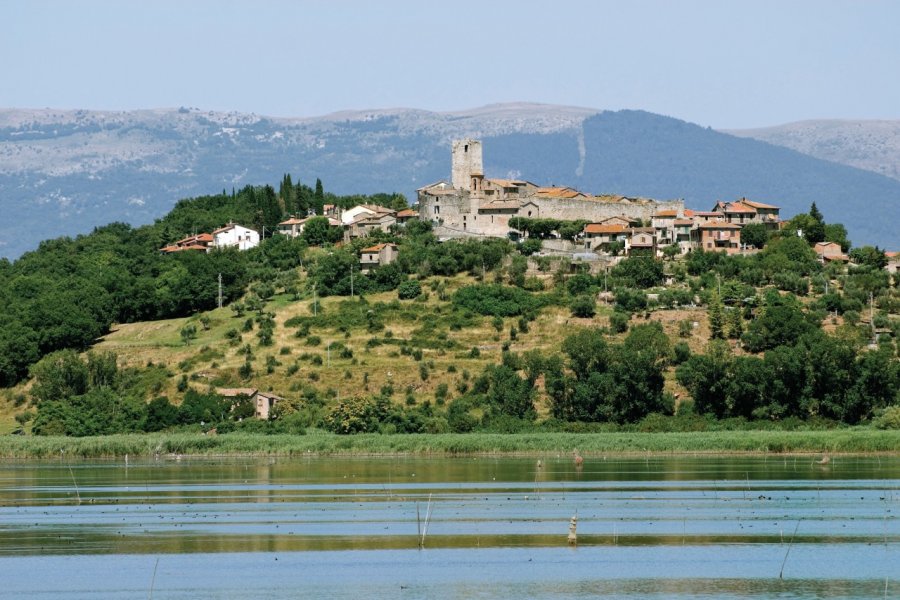Travel Guide Lac Trasimene
Find an accommodation
Advertising
The contours of the islands Maggiore, Minore and Polvese form the gentle horizon that serves as a backdrop to the ancient villages and fishing towns. Often it is just a few houses perched on a rock overlooking the lake. Elsewhere, it is cultivated countryside, old farmhouses and beautiful secondary roads that cross valleys and woods, stretches of olive groves and fields of wheat.The Trasimeno is a border territory, both Umbrian and Tuscan, since its shores touch the Arezzo province of Val di Chiana. The perimeter of the lake is 54 km long, while its surface area covers 128 km². Its depth is modest, hardly approaching 6 metres in normal times. A slow wander around the lake and beyond is recommended, where, guided by instinct, authentic discoveries are possible.The Trasimeno Regional Park was inaugurated in 1995 and extends over 13,200 hectares. The flora and fauna of the park are of course characterised by their lake-like character. The lake has a particular ecosystem, especially on the banks along San Savino, home to large reeds and hydrophytic plants (which develop their vegetative apparatus in the water). Thousands of coots (ducks) inhabit the area in winter, while in the summer months grebes, fishing falcons, herons, bitterns and egrets nest here.
Suggested addresses Lac Trasimene
Weather at the moment
Advertising
Organize your trip with our partners Lac Trasimene
Transportation
Book your plane tickets
Car Rental
Boat rental
Accommodation & stays
Find a hotel
Holiday rental
Find your campsite
Tailor-made trip
Immersion travel
Services / On site
Activities & visits
Find a doctor
Find unique Stay Offers with our Partners
Pictures and images Lac Trasimene
Other destinations nearby Lac Trasimene
5 km away
25 km away




